Met Estro Wander helmet review: repurposed for the rough stuff
This special edition gravel-focused Estro from Met is essentially the same great helmet but with a new lick of matt paint and a silky musette thrown in for free.

The Met Estro Wander is a well-ventilated, Mips-equipped lid that provides deep coverage for the skull, making it an excellent gravel helmet. It is, of course, already marketed as a road helmet under a slightly different guise – the Met Estro Mips. The difference is just paint and a free bag, so either model is equally as versatile. The price is good but not outstanding, so there’s plenty of competition to choose from if the fit doesn’t work for you.
-
+
Excellent coverage provides peace of mind
-
+
Brilliant ventilation
-
+
On-point gravel aesthetic
-
+
Free musette!
-
-
Bar the colour, it's identical to the road version - but that’s a great helmet too.
-
-
Minimal colour choice
-
-
Not the lightest helmet
You can trust Cycling Weekly.

The Met Estro Mips has had a stylish makeover for the gravel crowd. Nothing major, this helmet refresh is the equivalent of striding out with some new powder-soft matt lippy while clutching a fresh designer handbag.
The current version of the Estro, the Estro Mips, has been around since November 2021. It admirably fulfils its remit as a mid-priced, lightweight, well-ventilated helmet that’s versatile enough to wear many hats, so to speak.
Met has quietly marketed it as a multi-purpose road, cross and gravel helmet since launch, but it’s always enjoyed more of a roadie vibe, in part due to the predominance of bright colours and slick, shiny finishes.

The Estro fits low over the rear of the temples and the nape of the neck.
Now, Met has included it in its Wander gravel capsule collection, which also includes the higher-end Trenta Wander and entry-level Allroad Wander helmets. “Wandering isn't just about physical movement; it's a state of mind, a celebration of the spirit of exploration that resides within us all,” suggests Met seductively. Hmm.
So, what sets these helmets apart from their non-wander counterparts? As already alluded, nothing more than a lick of matt paint in earthy hues and a free feed bag. Yet, if that’s what it takes to get the gravel riders to consider the Estro, I’m all for this cosmetic refresh. Arguably, the Estro has always been a better choice for gravel than tarmac, but up until now, it has been nobbled by its roadie looks.

Buy the Wander version of the Estro and you will be rewarded with a free bag.
Construction
The Estro Wander is blessed with a good number of features that make it an attractive lid for gravel grinders. First off, the overall shape is more reminiscent of a mountain bike helmet, especially around the rear. Here, the helmet body extends further down towards the nape of the neck, cradling and protecting the back of the skull. Around the front, the pterion - the thinnest and weakest part of the skull just behind the temples - is similarly well protected.
Ventilation is taken care of by 26 vents, of which 17 are inlets and nine are exhaust ports clustered at the rear of the helmet. This is one airy lid, a feature that lends itself to slow-moving gravel rides more than fast-paced road rides.
The latest race content, interviews, features, reviews and expert buying guides, direct to your inbox!
Like the vast majority of helmets on the market, the main body is constructed from expanded polystyrene (EPS) foam, topped with a thin polycarbonate shell that protects from general wear and UV damage. Met boasts that this shell covers the entire helmet, which is disingenuous because the inverted Y-shaped EPS structure that surrounds the exhaust ports is completely exposed.
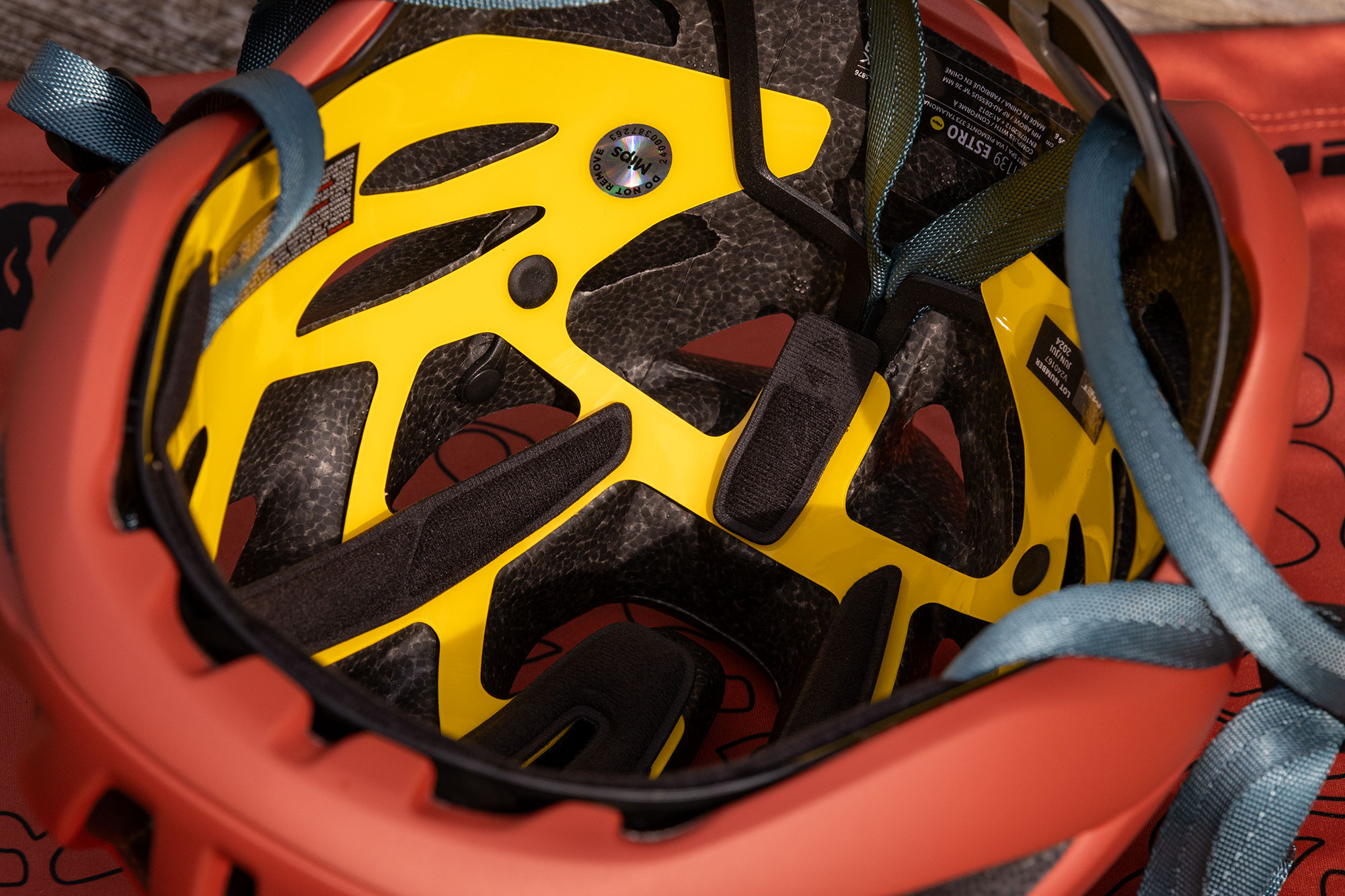
The Estro features MIPS-C2, pictured in yellow. It didn't affect ventilation or mess with my hair.
Met has equipped the Estro Wanderer with Mips (Multi-directional Impact Protection), albeit the less premium, less integrated MIPS-C2 version, characterised by the thin bright yellow liner.
Retention is courtesy of Met’s well-regarded Safe-T Upsilon system, essentially a 360° belt that tightens via a rotary dial on the external face of the rear cradle. The cradle can also be adjusted for height on a notched slider by yanking it up or down.
The soft webbing chin straps are adjustable at the sliders just below the earlobes, another helpful feature rarely found on many helmets that cost twice as much.
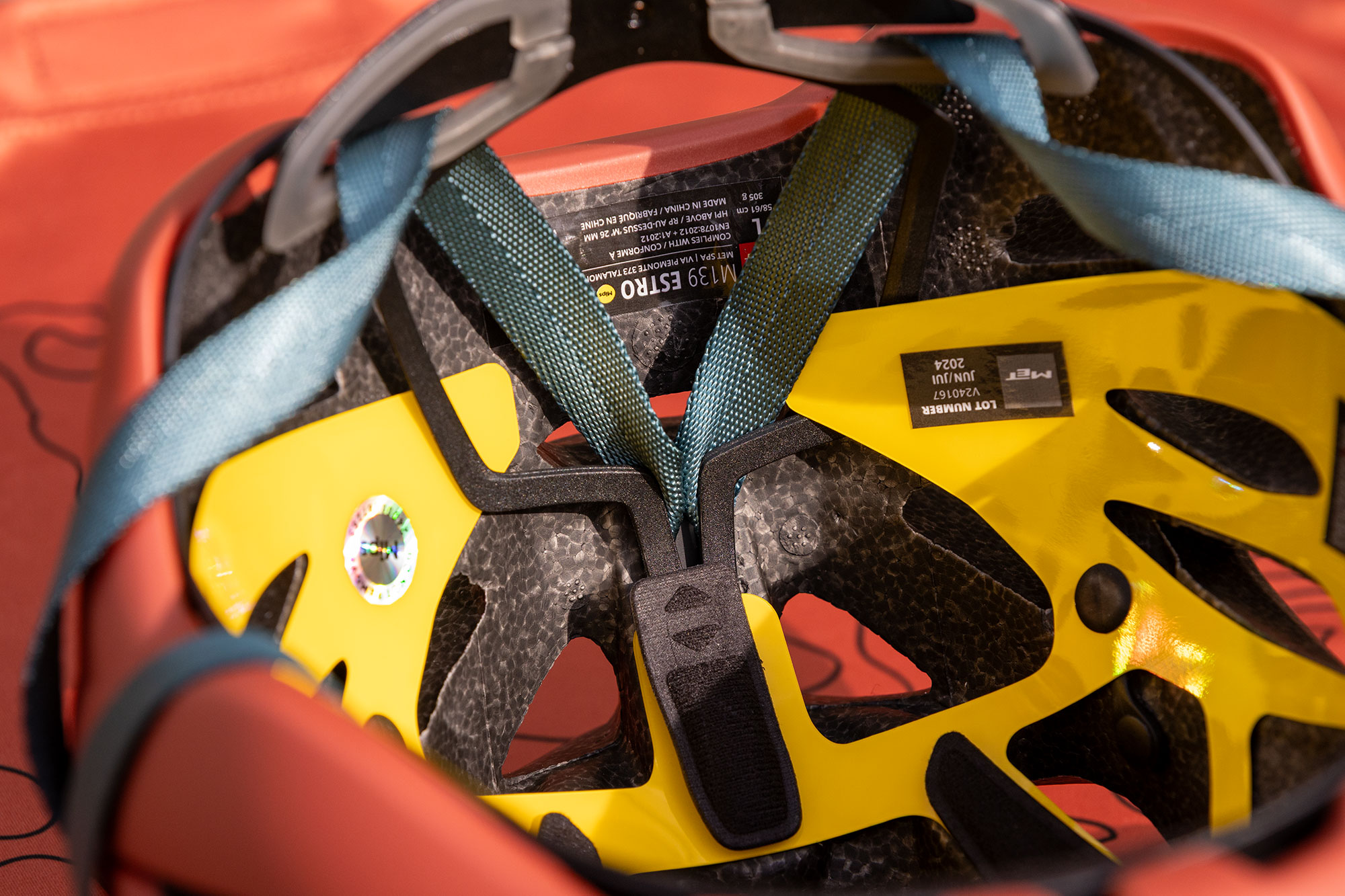
The rear cradle is adjustable for height via a notched slider.
The ride
For better or worse, aesthetics influence helmet purchase decisions enormously. Are we likely to buy a safe, comfy helmet that doesn’t look the part? Probably not. In this respect, the Estro Wander scores highly, provided you like orangey red. It’s a damn handsome helmet that’s benefitted from a new finish, but it is only available in the one fired earth colourway. That’s Cinnamon, according to Met, but it looks more like terracotta to me. The light blue chin straps look fantastic against the terracotta shell – an inspired colour pairing that summons memories of the dry earth and clear skies of past summers.
My head circumference measures 59cm, which usually places me bang between M and L sizes, both of which are often a poor compromise. However, the Safe-T Upsilon retention system does a great job with my size large sample helmet, providing me with a comfortable and secure fit. The padding around the adjustment band is fairly minimal but adequate – a 240mm strip around the forehead area plus some silicone buffers on the cradle. Additionally, the crown is cushioned by four slender padded strips attached to the Mips liner with hook and loop.
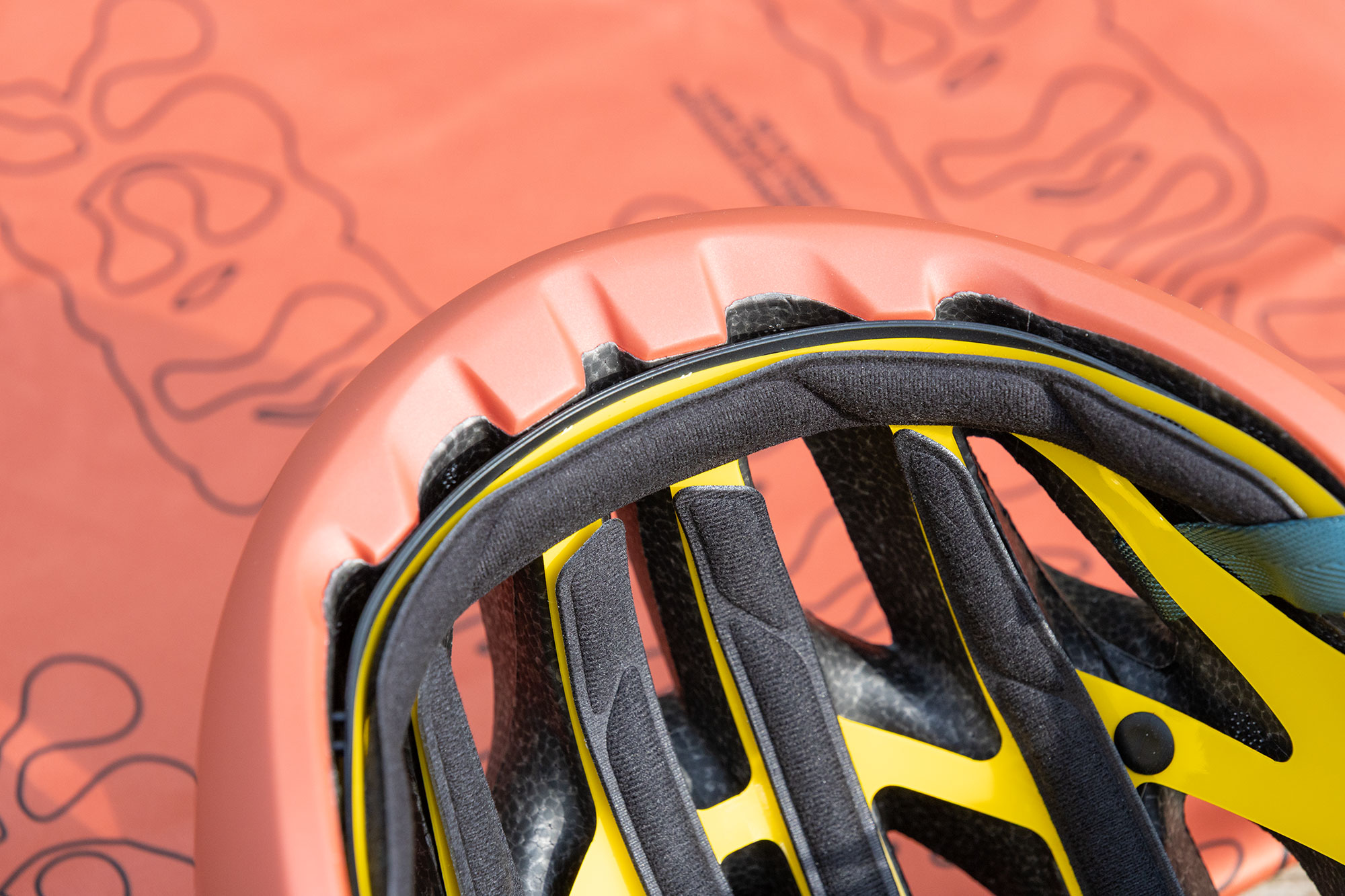
Padding around the forehead is simple, yet effective.
A secure fit is, of course, critical for safety, but it’s also irritating to have to endure a helmet that loosely crashes about your ears the moment you transition from smooth tarmac to gravel trails. The Estro performed well in this regard; it feels exceptionally planted without any pressure hot spots emerging, even during longer rides. The cradle is slightly fiddly to adjust for height, but dialling in the volume is straightforward, even if feedback from the adjustment wheel is a little vague.
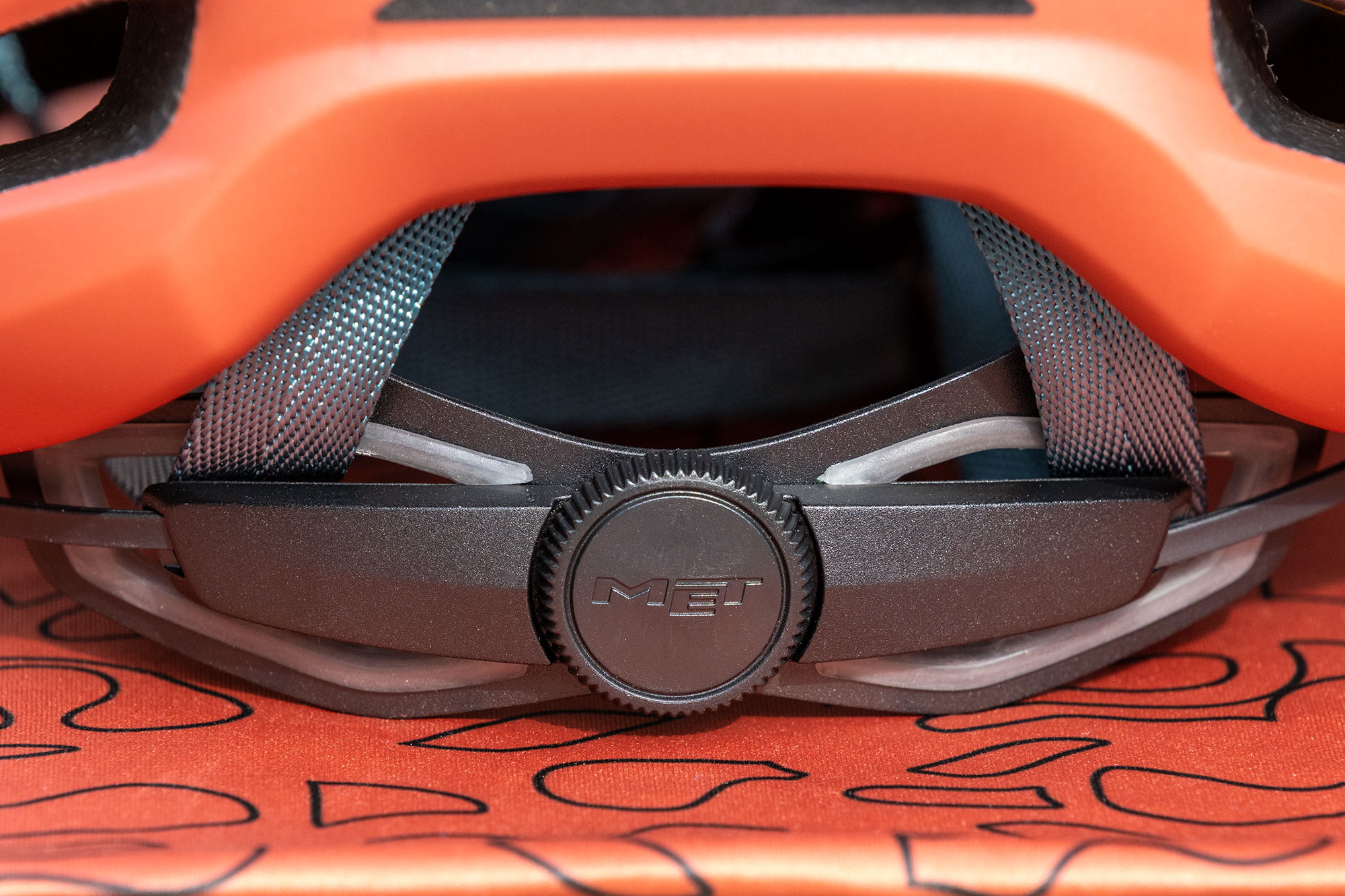
The rear adjustment dial is easy to access, but feedback is a little vague.
The Mips-C2 liner is notorious for catching hair and reducing airflow, but it has been well implemented here because I did not experience either issue. However, I do have short hair, so riders with long locks may fare differently.
The chin straps are easy to tension for length, and the sliders below the ears instantly cure ‘flappy strappy’ syndrome. I wish more helmets were this adjustable. The webbing isn’t lined with velvety microfibre or anything similar, but it’s already beautifully soft against the skin straight out of the box.
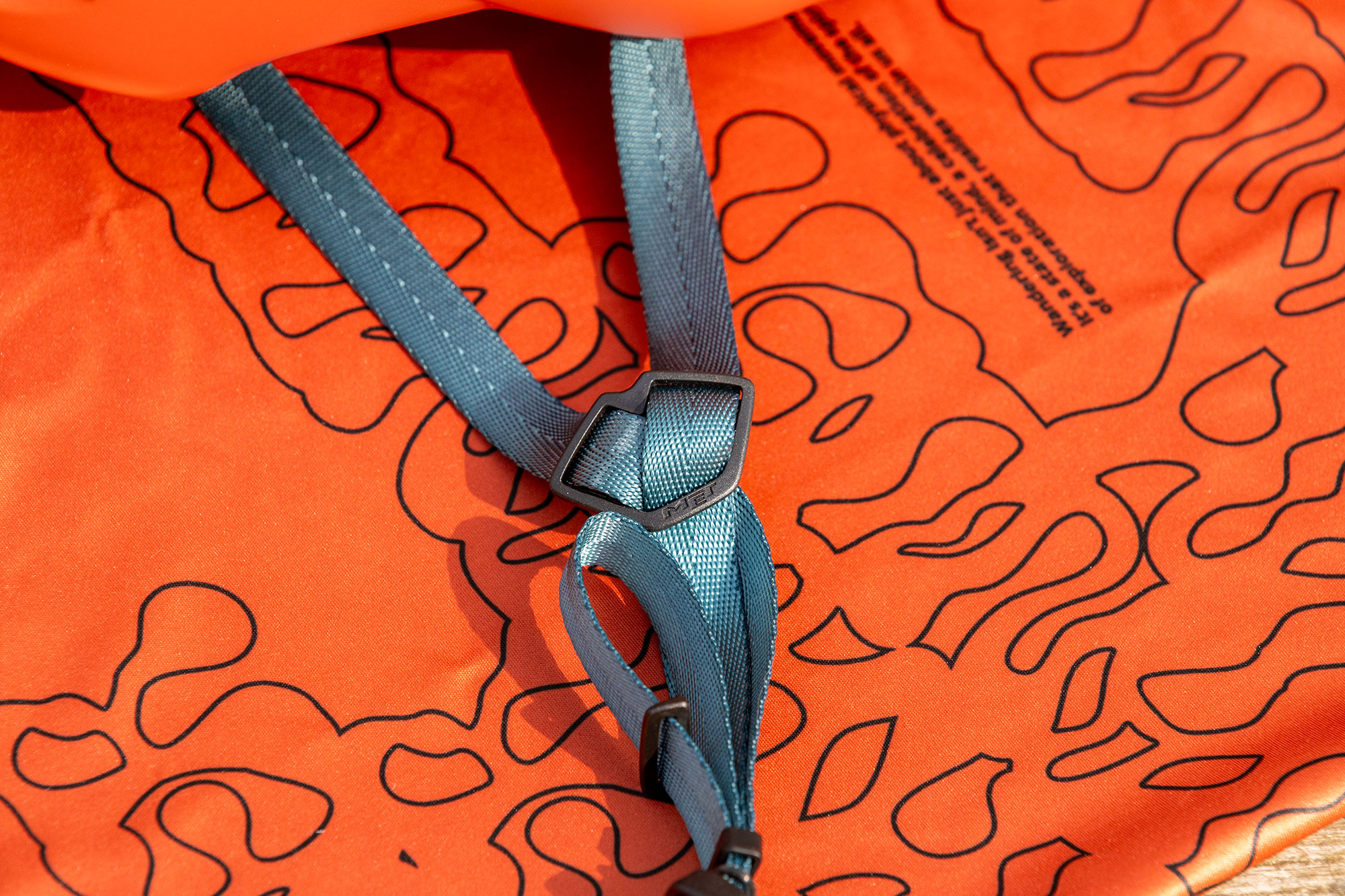
The chin strap sliders make the Estro readily adjustable, which rates highly with me.
Ventilation is simply superb. Before I switched to a Lazer Z1 as my primary lid, I rocked a Kask Valegro, two of the most ventilated helmets on the market with premium prices to match. Honestly, the Estro feels just as airy in the current 25°C / 77°F spring sunshine, and I have high hopes for this helmet when the mid-summer heat kicks in.
At 310g for a size large, this helmet isn’t as light as the more upmarket Lazer Z1 (265g) in the same size, but that can be explained by the additional coverage that the Estro provides. Indeed, I found it reassuring to have my head enveloped in more EPS foam during my gravel rides, but I can only assume it’s safer. Met doesn’t provide stats to back this up, and helmet safety is complex.
So, it’s weightier than a dedicated lightweight road helmet, but that doesn’t make it heavy. I loathe the top-heavy pendulum effect you feel with properly weighty helmets, but trust me, that sensation doesn’t rear its ugly head here.
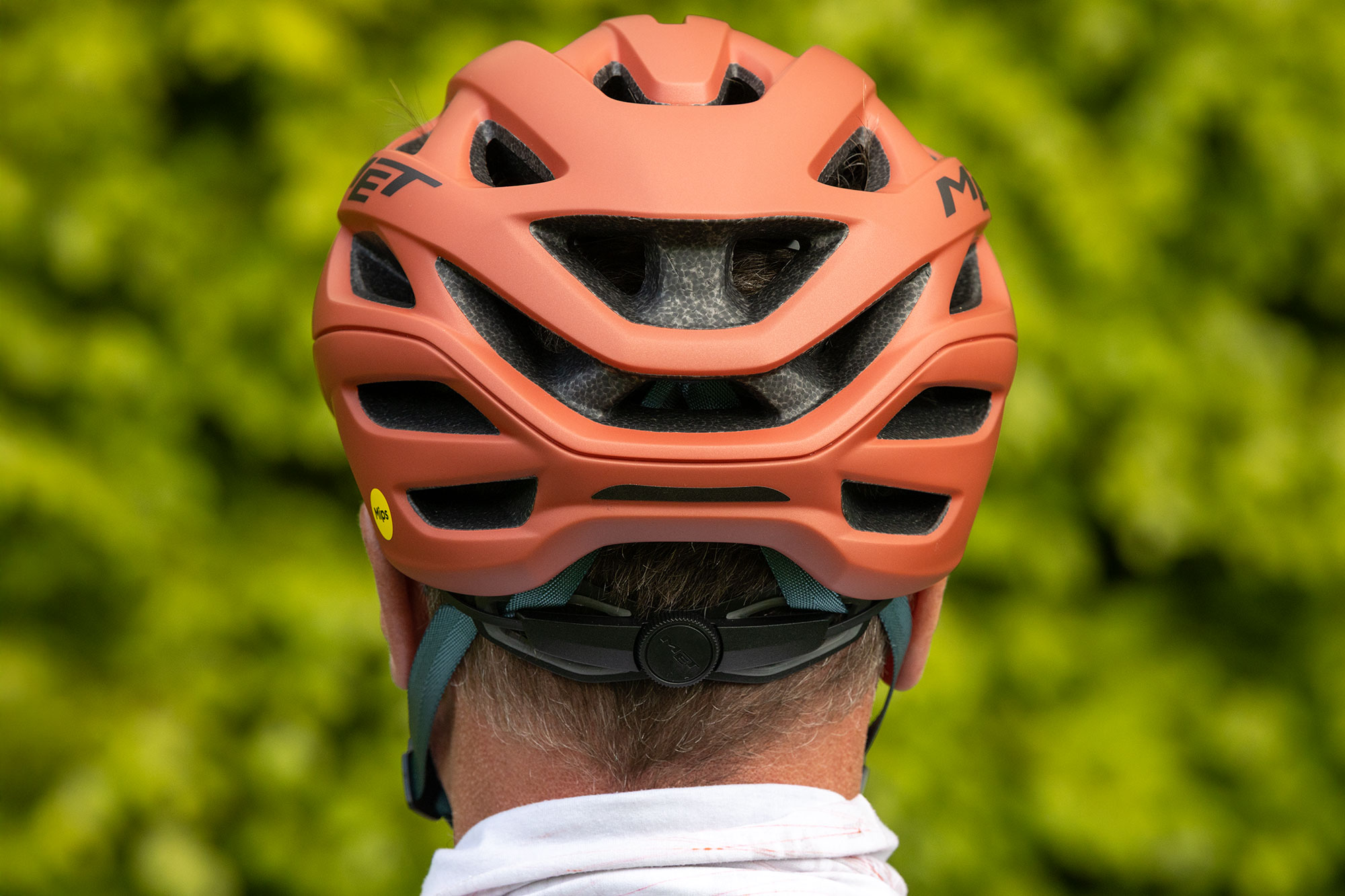
There are plenty of exhaust ports to help with ventilation. Note the exposed EPS liner.
One of my pet hates is riding with the front of my helmet constantly drumming against the top bar of my riding glasses. It’s like water torture without the damp patch, and it’s one of the reasons I switched away from the Kask Valegro, a reliable culprit. The prospect of this was a pre-ride concern with the low-riding Estro, but I need not have worried. Although the Estro does sit comparatively low around its entire circumference, it doesn’t interfere with my line of sight or my oversized Rudy Project Kelion riding glasses. Riding glasses can be docked in the lower front vents when not perched on your nose.
Let’s not forget the free bag. Most helmets are bundled with a soft storage pouch, but Met has upped the ante by including a matching, Cinnamon-coloured, silky musette printed with attractive Wander graphics. It’s just a bit of fun; a well-made, pleasantly designed treat that can be used as a storage bag or a luxurious feed bag. The strap is broad and comfortable, if a little short.
Value and conclusions
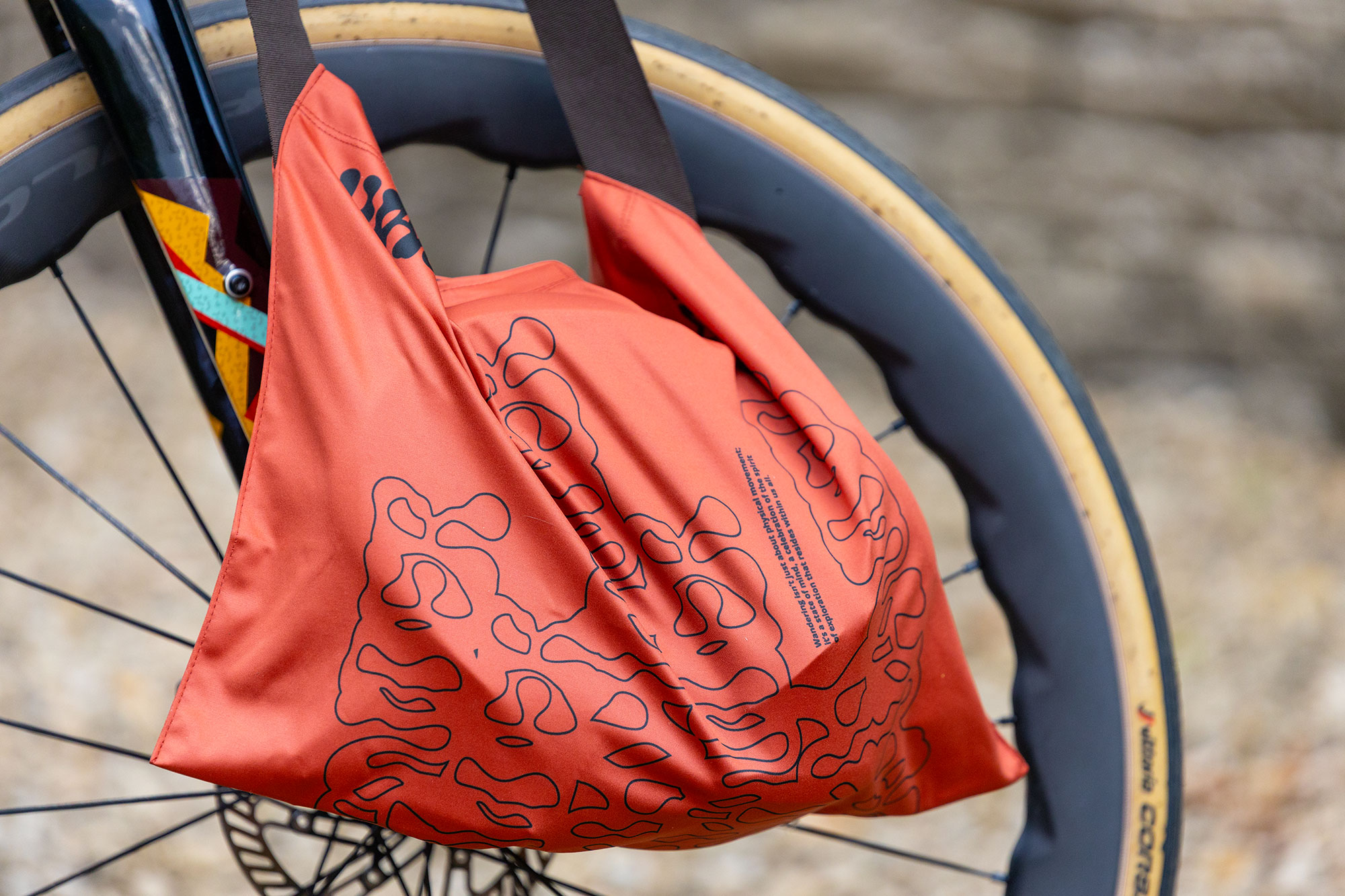
On the face of it, the Estro Wander is little more than a marketing exercise for Met, yet there is substance here. With its generous coverage, excellent ventilation and comfortable (for me, at least) fit, the Estro is a great gravel helmet priced reasonably at £124.99. Of course, nothing is stopping you, other than aesthetics, from wearing it for your road rides, too. Frankly, who’s going to notice and who cares?
The Specialised Loma is a similarly specced multi-surface helmet that comes in a little cheaper at £90/$119.99. It features MIPS and has been awarded a 5-star safety rating by Virginia Tech. The Loma is available in four matt colours too, including Deep Orange, which is similar to Met’s Cinnamon.
Giro’s Syntax Mips helmet also offers deeper coverage that makes it suitable for both tarmac and trails. Colour choice is fairly limited to variations of black and white, and it’s a similar price to the Estro Wander at £129.99/$129.95.
So, it’s quite possible to pick up fairly similar helmets at relatively similar price points. As always, the deciding factor in any helmet purchase should be fit. OK, and colour too…
Specs
- Sizes: S M L
- Weight: 310 for size L
- Mips: Yes. MIPS-C2
- Colours: Cinnamon
- Optional extra: Rear light

Simon spent his childhood living just a stone’s throw from the foot of Box Hill, so it’s no surprise he acquired a passion for cycling from an early age. He’s still drawn to hilly places, having cycled, climbed or skied his way across the Alps, Pyrenees, Andes, Atlas Mountains and the Watkins range in the Arctic.
Simon now writes for Cycling Weekly as a freelancer, having previously served as Tech Editor. He’s also an advanced (RYT 500) yoga teacher, which further fuels his fascination for the relationship between performance and recovery.
He lives with Jo, his yoga teacher wife, in the heart of the Cotswolds, with two rescue cats, five bikes and way too many yoga mats. He still believes he could have been a contender if only chocolate weren’t so moreish.
You must confirm your public display name before commenting
Please logout and then login again, you will then be prompted to enter your display name.